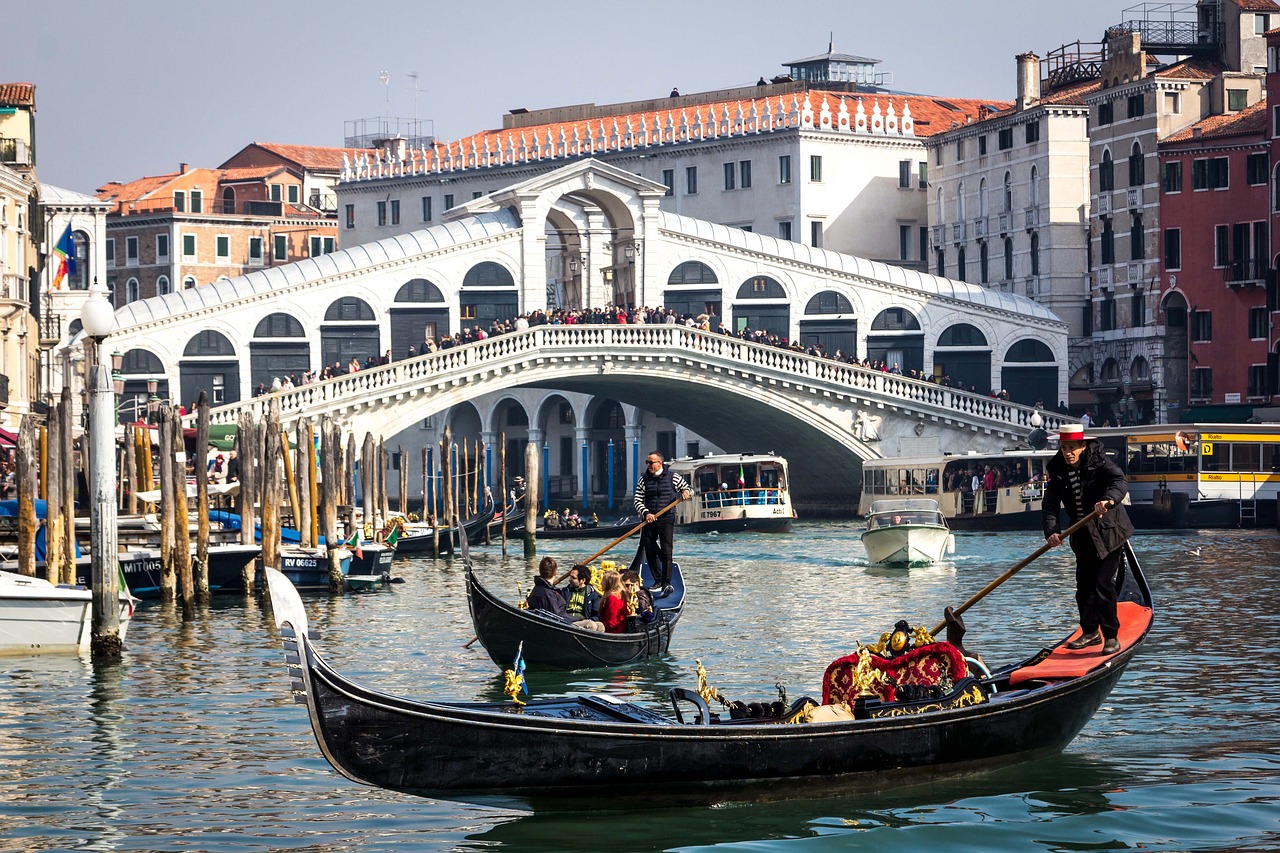Ever wondered how the city on water was built?
Well, it’s an interesting story and one that has led to a rather enchanting place that looks like it’s hovering on the water.
The floating city is considered one of the most unique in the world, with 118 surrounding islands at the top of the Adriatic Sea, situated in the northern parts of Italy.
It all started when there was an invasion in the 5th century when a lagoon was used for protection by fishermen who lived in the surrounding areas of what today, is known as Venice. With an invasion taking place across Italy, a significant increase of refugees joined settlers to build their new city from the ground up.
Today, The Grand Canal is established as a channel in the city and forms one of a few big water-traffic corridors within the city, with one end thereof leading to the lagoon close to the Santa Lucia station. The other end leads to the basin of San Marco.
The Grand Canal
Tourists recognize the grand canal as one of the most beautiful destinations for traveling in the world. Since Venice is unlike any other city, there’s no doubt as to why this is the case.
Surrounded by 170 historic buildings, with centuries of architecture that allows you to capture that perfect tourist picture, the buildings date back from the 13th to the 18th century.
While it’s an exquisite experience to be a Venetian living in the city, only some of the wealthiest Venetians and tourists can afford to live on the water. Give that the traffic is on the canal, instead of regular roads, it goes along the water with dozens of crossings spanning from one side of the city to the other.
When in Venice, there are also countless of gondolas, apart from standard boats transporting passengers from one location to another, to be seen everywhere, making the Grand Canal all the more exciting to experience.
Rent water coolers and buy water dispensers from Living-Water in London.






